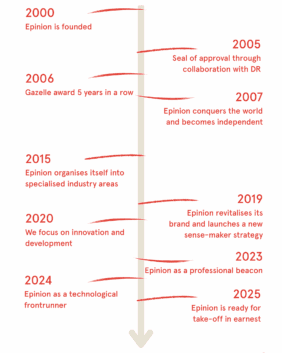Low-cost carriers: Adapt your airport to future passengers
August 1, 2019
Air travel is becoming morse diverse than ever
Airport revenues continue to trend upwards as global passenger traffic soars to record highs. As the number of air travelers has increased, so has the amount of shopping they do in the airports. However, when looking at the statistics during the past years, the rate at which passengers are spending has slowed – or even shrunk. But why?
Times are changing. Shifting demographics, growing impact of new regions and the emergence of low-cost carriers (LCCs) are constantly changing the profile of the airport user. The passengers are not the same as the fliers of yesterday, and as air travel is becoming more diverse than ever, airports are facing new challenges and opportunities that needs to be addressed to support future development of airports.
Understanding your audience is critical to success
When air travelers start their journey at the airport, they become part of a structured chain of services, ranging from check-in to boarding – and everything in-between. The customer journey, and the level of satisfaction coming through the different touchpoints in the travel value chain, has proven to be of great importance for revenues coming from retail sales and F&B. Therefore, as the passenger mix is changing, it is becoming more vital than ever to understand the needs, wants and demands, and how it influences the behavior of the passenger.
For instance, the growth in LCCs causes more passengers to use web-based and self-service check-in, and it has increased the amount of hand luggage being carried through security. Depending on whether the airport has adapted their security capacity to this change or not, this causes passengers to come through more slowly, lowering overall satisfaction and influences purchase behaviour. Additionally, LCCs demands pre-boarding, limiting the dwell time available for shopping and eating at the airport, and the changes in on-board airline services calls for a different offering in the shopping and F&B services.
The change in the passenger mix not only influences the touch points in the passenger journey and their experience coming through an airport. As short-haul air transport has become a simple commodity, and the passenger mix is now more price driven and cost-conscious than ever, it is fair to say that exclusiveness in aviation has departed. But don’t be mistaken. LCC passengers enjoy shopping – just like everyone else. It’s just a matter of providing services and offerings that is built on the passengers’ needs, wants and demands.
Be curious as no two airports are alike
The answers on how to is grounded in a genuine curiosity. No airport is alike. Market research allows informed and data-driven decision-making and actional forecasts that support the quality of the passengers’ entire travel experience. A better understanding of passenger profiles enables airports to tailor their services, store experiences and offerings – stimulating impulse purchase and thereby spend-per-head.
In recent years LCCs has gotten special attention for changing the business paradigm in air travel. However, few have the data and insights required to make the right strategy or make informed decisions for their internal and external LCC business plans. Instead be proactive by uncovering the demand, passenger mix, touch point needs and revenue gains may be for your LCC segment.
Contact Epinion’s Aviation experts today (brkr@epinionglobal.com) to discuss your needs or read more about our aviation solutions at epinionglobstg.wpenginepowered.com
More in Buzz

August 10, 2021
In partnership with London Heathrow Airport Epinion is nominated for two MRS Awards in 2021

September 15, 2020




